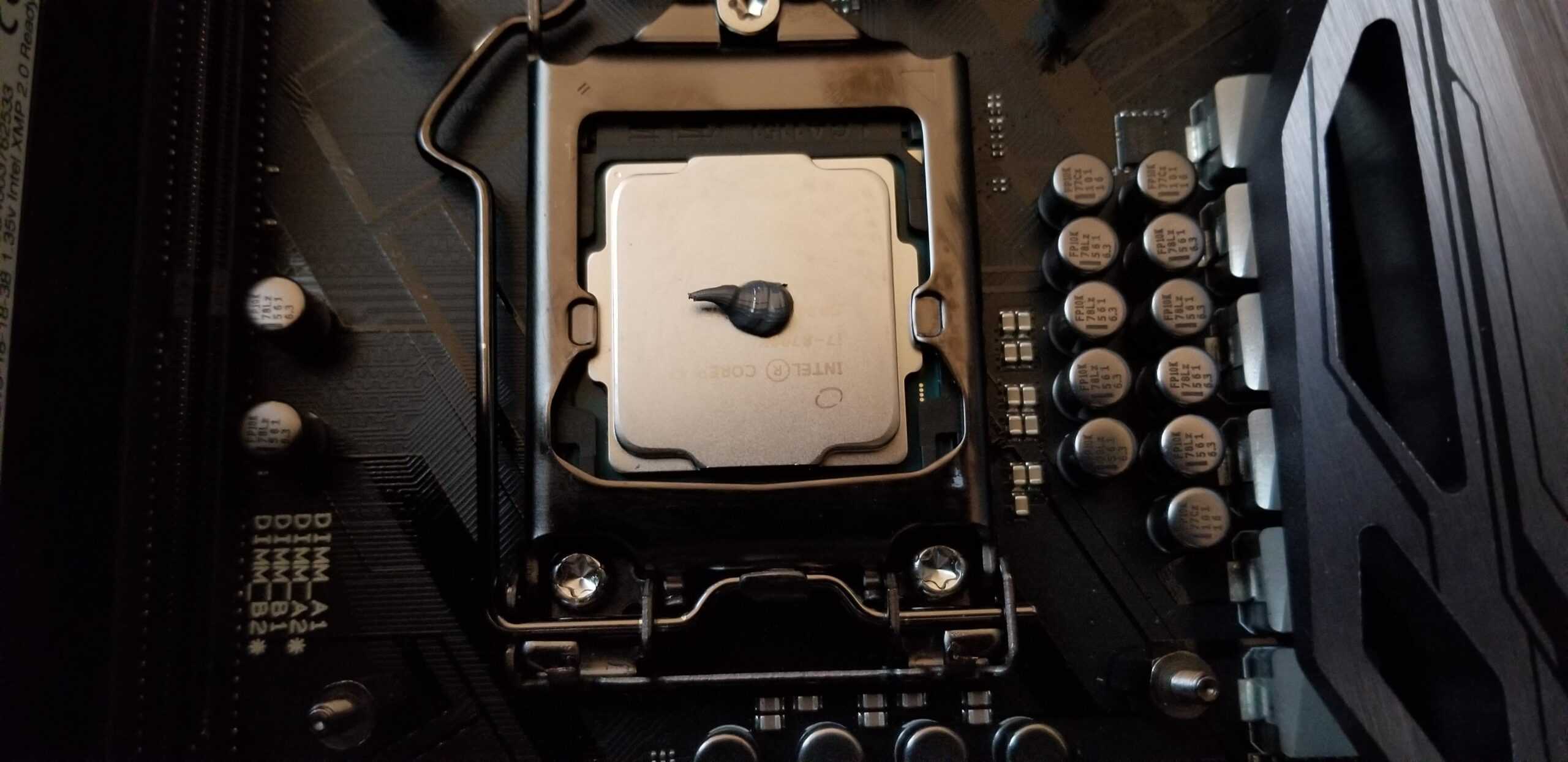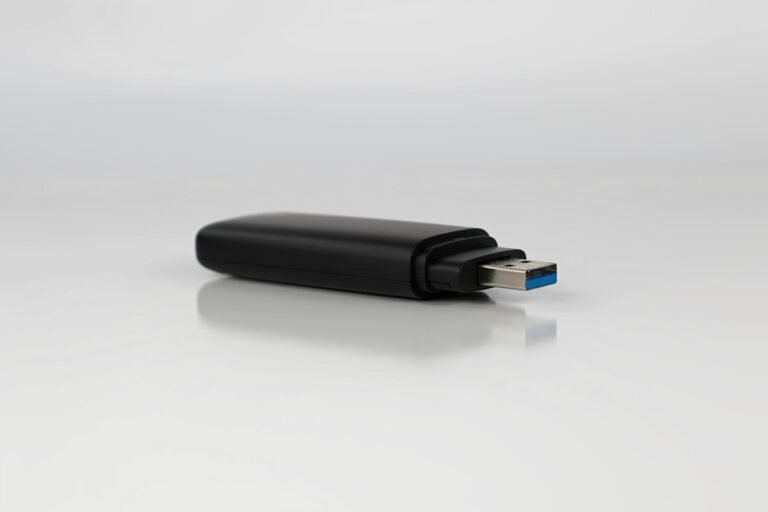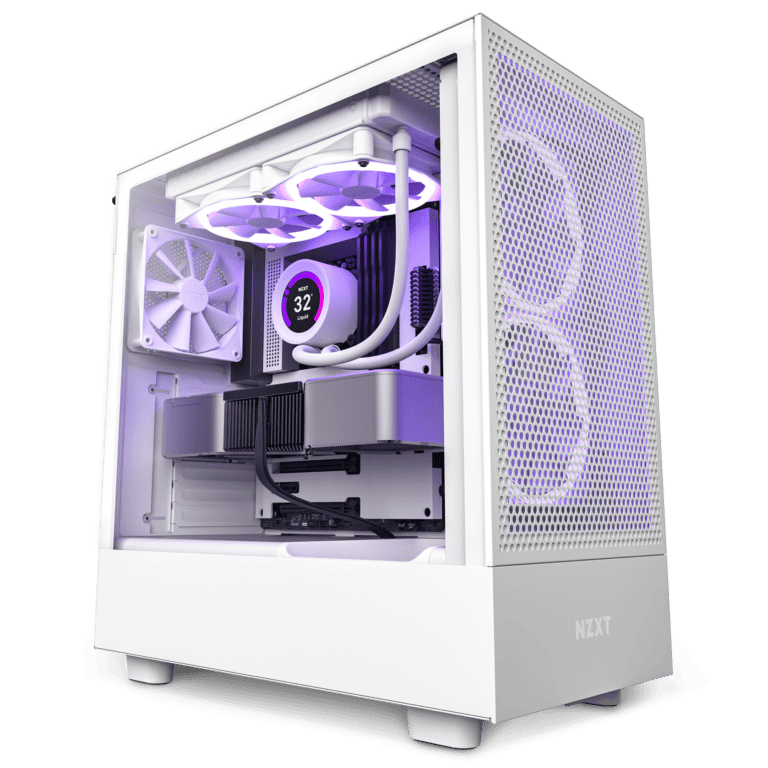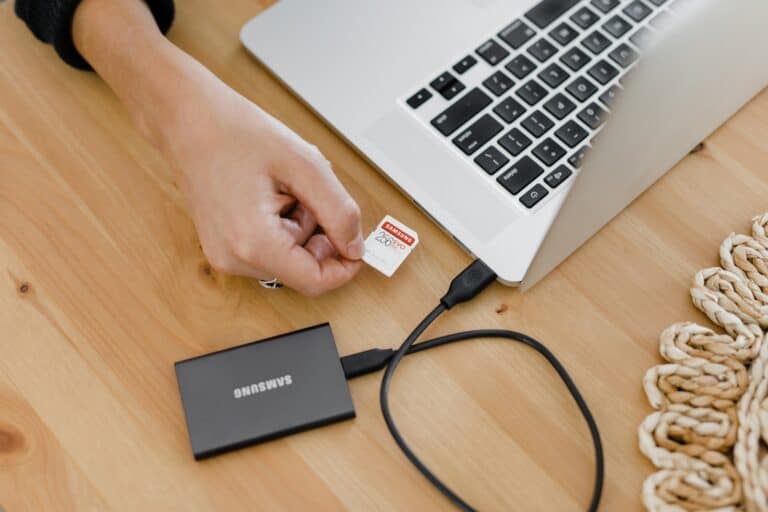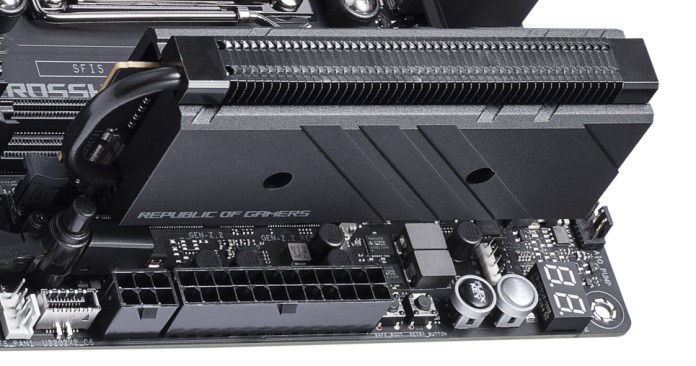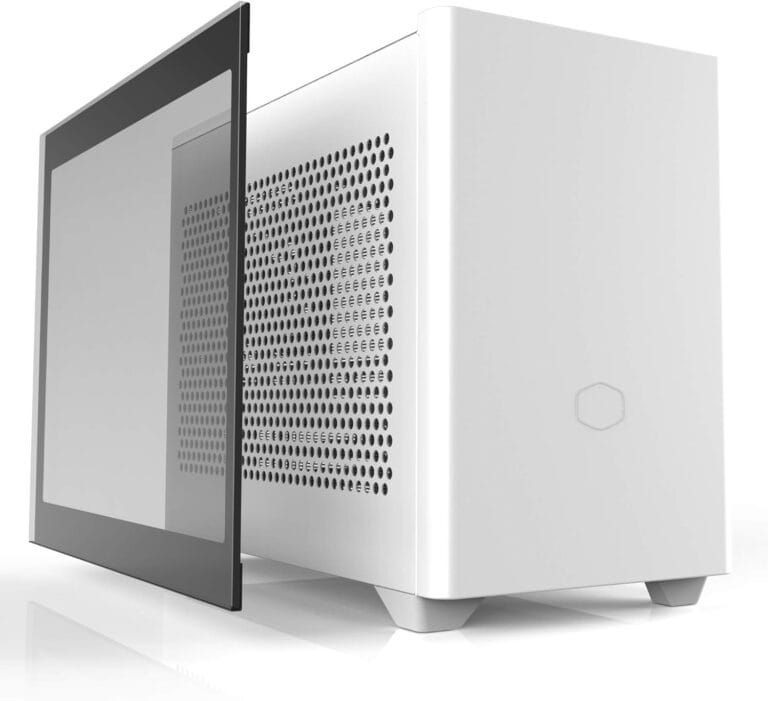When building a PC, it’s important to be careful to avoid common mistakes that can cause problems later. For example, choosing a low-quality power supply to save money might lead to issues down the line. It’s also crucial to check that all the components are compatible and will fit together properly. Additionally, make sure to consider proper cooling, as insufficient airflow can affect performance and longevity.
Taking the time to plan and understand each component’s role can help prevent these issues. Learning from others’ experiences and paying attention to details can help you build a reliable and efficient PC.
❌ 1. Not Planning Your Build
- Mistake: Buying parts impulsively without checking compatibility.
- Tip: Use tools like PCPartPicker or manufacturer compatibility checkers before purchasing. Plan your budget around your main use case (gaming, editing, streaming, or general productivity).
❌ 2. Ignoring Compatibility Issues
- Mistake: Choosing a CPU and motherboard that don’t match (e.g., wrong socket), or RAM speeds unsupported by your board.
- Tip: Double-check CPU socket type, chipset, and RAM compatibility. Always check the motherboard’s QVL (Qualified Vendor List) for memory.
❌ 3. Skimping on the Power Supply (PSU)
- Mistake: Buying a cheap, low-wattage, or unbranded PSU.
- Tip: Invest in a reliable PSU with enough wattage headroom (at least 20–30% above your estimated usage). Stick to trusted brands with 80+ Bronze or higher certification.
❌ 4. Poor Cable Management
- Mistake: Stuffing cables randomly, blocking airflow, and creating a messy build.
- Tip: Route cables behind the motherboard tray, use Velcro ties, and plan airflow. Good cable management not only looks clean but also improves cooling.
❌ 5. Forgetting Thermal Paste or Cooling Setup
- Mistake: Not applying thermal paste, or applying too much.
- Tip: A pea-sized drop in the center of the CPU is usually enough. Ensure your CPU cooler (air or liquid) is properly mounted and fans are oriented for airflow.
❌ 6. Static Electricity Risks
- Mistake: Handling components without grounding yourself.
- Tip: Work on a non-carpeted surface, touch a grounded metal object, or use an anti-static wrist strap.
❌ 7. Installing RAM Incorrectly
- Mistake: Inserting RAM sticks in the wrong slots, losing dual-channel performance.
- Tip: Check your motherboard manual—usually, you should populate slots 2 and 4 first for dual-channel.
❌ 8. Forgetting BIOS Updates
- Mistake: Installing a new CPU on a motherboard that doesn’t support it out of the box.
- Tip: Update the BIOS before installing newer-gen CPUs. Many boards now offer BIOS Flashback, which lets you update without a CPU installed.
❌ 9. Overlooking Airflow & Case Size
- Mistake: Buying a large GPU that doesn’t fit in your case, or poor airflow causing overheating.
- Tip: Measure your case clearance for GPU and cooler. Ensure at least one intake and one exhaust fan for balanced airflow.
❌ 10. Rushing the Build
- Mistake: Forcing parts, skipping manuals, or rushing cable connections.
- Tip: Take your time. Watch build guides, follow your motherboard manual, and test components outside the case (a “breadboard test”) before final assembly.
✅ Quick Success Tips
- Test your system before closing the case.
- Keep drivers and Windows up to date.
- Don’t overspend on one component—balance CPU, GPU, RAM, and storage.
- Document your build (photos help if troubleshooting later).
Final Thoughts
Building a PC in 2025 is easier than ever thanks to online tools, modular parts, and a huge community of builders. Avoiding these common mistakes will ensure your rig runs smoothly, lasts longer, and gives you the performance you paid for.
👉 Bottom line: Plan carefully, handle components with care, and don’t rush—your future self will thank you.
Building Your Dream PC: Sidestep These Common Mistakes
Building a PC is a rewarding experience, but it’s easy to make mistakes that lead to frustration or even damaged components. Avoid these common pitfalls to ensure a smooth and successful build.
Planning and Compatibility
- Insufficient Research: Jumping in without thorough research can lead to incompatible parts, wasted money, and headaches. Take time to understand the different components and their compatibility.
- Neglecting Future Upgrades: Consider your future needs when choosing parts. A slightly more expensive motherboard or power supply might offer better upgrade options down the line.
- Ignoring Your Budget: It’s easy to get carried away with high-end components. Set a realistic budget and stick to it.
Building and Assembly
- Static Discharge: Static electricity can fry delicate components. Ground yourself with an anti-static wrist strap or by touching a grounded metal object before handling any parts.
- Incorrect Installation: Double-check the orientation of your CPU, RAM, and other components. Misaligned parts can cause damage or prevent your PC from booting.
- Overtightening Screws: Don’t overtighten screws, especially on the motherboard. It can lead to cracks and damage.
Testing and Troubleshooting
- Ignoring Warning Signs: If you see error messages or hear strange noises during the build, don’t ignore them. Investigate and resolve the issue before proceeding.
- Skipping Stress Tests: Once your PC is built, run stress tests to ensure stability under load. This can help identify any potential problems early on.
- Ignoring Cable Management: Messy cables can obstruct airflow and make troubleshooting difficult. Take the time to properly manage your cables for optimal airflow and a cleaner look.
Other Common Mistakes:
| Mistake | How to Avoid It |
|---|---|
| Forgetting Thermal Paste | Apply a pea-sized amount to the CPU before attaching the cooler. |
| Blocking Airflow | Make sure your case has adequate ventilation and fans are positioned correctly. |
| Using Cheap Power Supply | A quality PSU is crucial for the stability and longevity of your PC. |
| Not Updating BIOS | Check your motherboard manufacturer’s website for updates. |
Building a PC is a fun and educational experience. By avoiding these common mistakes, you can set yourself up for success and enjoy a stable, reliable, and powerful machine for years to come.
Key Takeaways
- Choose a quality power supply to avoid future issues.
- Ensure components are compatible and fit before purchasing.
- Provide adequate cooling to maintain performance and longevity.
Preparation and Component Selection
Preparation is key before starting to build a PC. Begin by setting a budget. This helps in choosing the right components and prevents overspending. Make sure to account for the cost of software and peripherals, not just hardware.
Having the right tools is vital. A screwdriver, anti-static wrist strap, and thermal paste are basic necessities. Clear a clean and stable workspace for assembly to avoid damaging components.
Using a site like pcpartpicker.com can help in finding compatible parts. Ensure all parts you choose work together. For instance, confirm your motherboard supports the CPU, RAM, and GPU you plan to buy.
Component Selection
Motherboard selection sets the foundation for your build. Look at the socket type and size to match other components. Micro-ATX and Mini-ITX are different motherboard sizes that suit various build types.
The CPU (processor) impacts performance significantly. Consider AMD and Intel as primary options. Choose a CPU that aligns with your computing needs.
RAM affects multitasking capabilities. 8GB is suitable for general use, while 16GB or more fits gaming and heavy tasks.
GPU (graphics card) is crucial for gaming and graphic-intensive tasks. Ensure it’s compatible with the motherboard and power supply.
Storage choice between SSD (Solid State Drive) and HDD (Hard Disk Drive) affects speed. An SSD boosts system performance, while an HDD offers more space.
The power supply unit (PSU) should be of high quality and provide enough wattage for all components. Avoid cheap power supplies; they can cause failures.
Pay attention to the PC case size and airflow. Good cases come with pre-installed fans and space for additional cooling systems if needed.
Proper cooling prevents overheating. Use thermal paste between the CPU and cooler to enhance heat transfer. Choose between air cooling or liquid cooling based on your needs.
Each part must be compatible. Carefully check compatibility to avoid issues during assembly.
Frequently Asked Questions
Building a PC involves a lot of steps and careful planning. Here are some frequently asked questions and their answers to guide you through the process.
What safety precautions should you take when building a PC?
Touch a grounded metal object to release static electricity before handling any computer parts. Always work in a clean, static-free environment. Avoid working on carpeted floors to minimize static buildup.
What are some common missteps when planning or building a PC?
Not checking if components are compatible can cause major problems. Buying a low-quality power supply can lead to other parts failing. Missing out on checking the dimensions of cases and motherboards before purchase can be a hassle.
How careful do you have to be when building a PC?
Handle the CPU and motherboard gently to avoid damaging delicate pins and circuits. Follow installation guides for each part. Use the right amount of force when inserting components to prevent breakage.
What are the key components to prioritize for a high-performance gaming PC?
Invest in a good graphics card and CPU. Ensure the motherboard supports your chosen components. Ample RAM, a fast SSD, and a reliable power supply are also essential.
What not to do with a gaming PC during and after the building process?
Don’t rush through the assembly process. Avoid forcing components into place. After building, don’t block ventilation or place the PC in a dusty area. Ensure regular maintenance to keep it running smoothly.
What are the essential steps to ensure proper cable management and airflow in a PC build?
Use zip ties to keep cables organized and out of the way of fans. Place air intake and exhaust fans correctly to create a good airflow path. Leave some space inside the case to avoid restricting airflow.

